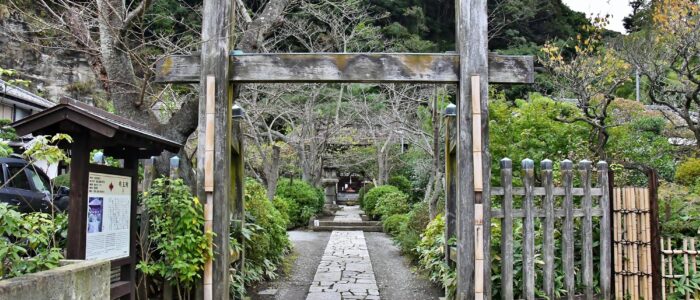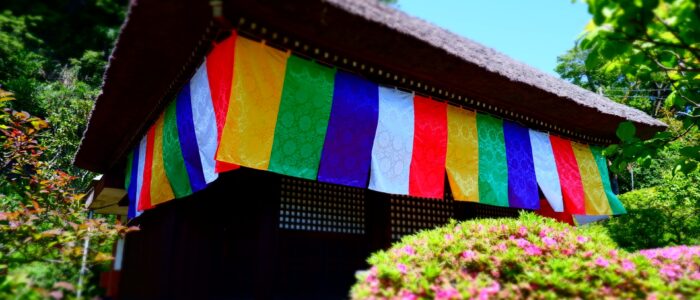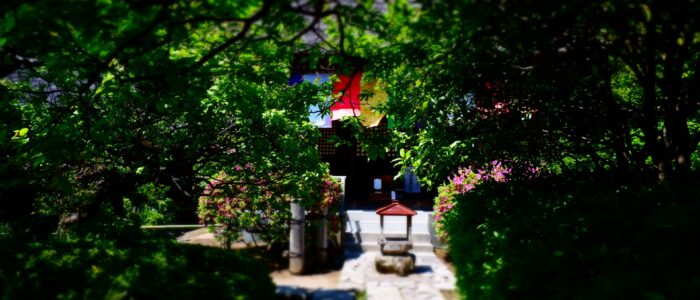Myoo-in Temple (明王院)
Discover the Myoo-in Temple (明王院)
Myoo-in Temple belongs to the Omuro school of the Shingon sect and was established in the early 13th century. It is said to have been built by Fujiwara no Yoritsune (藤原頼経), the fourth shogun of the Kamakura shogunate, to protect the northeastern direction of his residence. The temple is also affectionately known as “Godai-do” (五大堂). Its first head priest was Jogo (定豪), a monk who had previously served as the chief priest of Tsurugaoka Hachimangu Shrine (鶴岡八幡宮). As a prayer site for the shogunate and the shogun’s family, the temple held high spiritual importance.
When Is the Best Time to Visit?
The best time to visit is on the 28th of each month during the goma fire ritual, when visitors can experience prayers, sermons, and a special viewing of the Five Wisdom Kings. The temple is also stunning in February and March with plum blossoms, and again in autumn when the leaves turn red. It’s a peaceful stop even during a busy itinerary, especially for those seeking a quiet spiritual retreat.
Photo Highlights and Must-See Spots
The temple’s main hall houses statues of the Five Wisdom Kings: Fudo Myoo (不動明王) in the center, flanked by Gozanze Myoo (降三世明王), Gundari Myoo (軍荼利明王), Daiitoku Myoo (大威徳明王), and Kongoyasha Myoo (金剛夜叉明王). They are arranged according to Esoteric Buddhist cosmology—a unique feature in Kamakura (鎌倉). Their powerful and intricate forms leave a deep impression.
The main hall, with its thatched roof, was rebuilt in the early Edo period. Seasonal flowers such as plum blossoms and autumn foliage create a picturesque setting. Photography is not allowed, encouraging visitors to quietly connect with the statues and space.
Embrace the Quiet Hours of Morning
The tranquil atmosphere allows for a deep spiritual experience. Staying at Tosh’s Place (トシズプレイス) gives you the flexibility to visit during quieter hours, free from crowds.
How to Get There from Tosh’s Place (トシズプレイス)
The temple is open year-round from 9:00 AM to 4:00 PM, with no admission fee. From JR Kamakura Station (鎌倉駅), take a Keikyu bus to “Sensuibashi” (泉水橋) bus stop. From there, it’s about a 3-minute walk. Its peaceful location makes for a relaxed and contemplative visit.
Wrap-Up: Myoo-in Temple and a Local Way to Experience Kamakura
Myoo-in Temple is a sacred site imbued with the prayers of shoguns and the power of the Five Wisdom Kings. The combination of Esoteric Buddhist symbolism, majestic statues, and seasonal scenery brings a unique stillness to the heart. While some rituals draw more visitors, the temple is usually calm and inviting. With Tosh’s Place (トシズプレイス) as your base, you can explore at your own pace and find spiritual depth beyond typical tourist routes.




